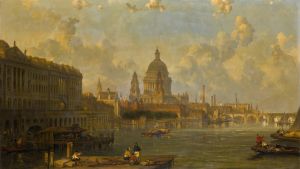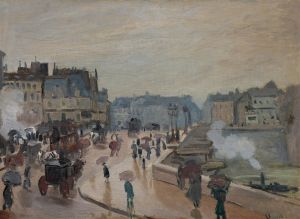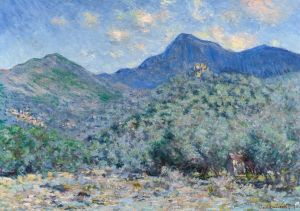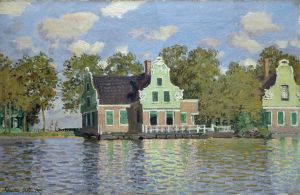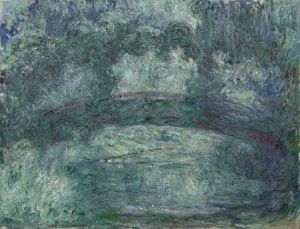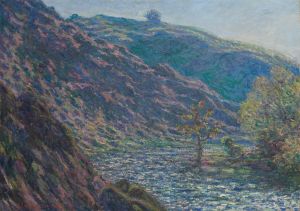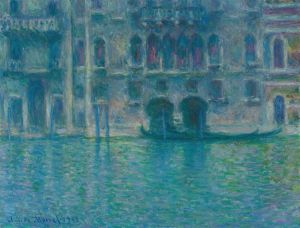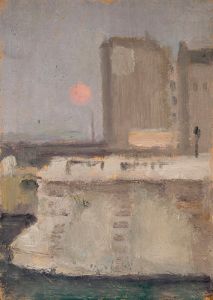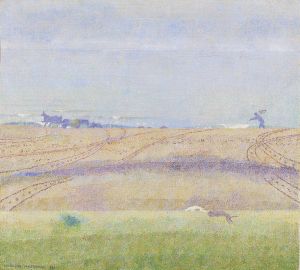
Waterloo Bridge,Gray Day
A hand-painted replica of Claude Monet’s masterpiece Waterloo Bridge,Gray Day, meticulously crafted by professional artists to capture the true essence of the original. Each piece is created with museum-quality canvas and rare mineral pigments, carefully painted by experienced artists with delicate brushstrokes and rich, layered colors to perfectly recreate the texture of the original artwork. Unlike machine-printed reproductions, this hand-painted version brings the painting to life, infused with the artist’s emotions and skill in every stroke. Whether for personal collection or home decoration, it instantly elevates the artistic atmosphere of any space.
"Waterloo Bridge, Gray Day" is an oil painting created by the French Impressionist artist Claude Monet. It is part of Monet's famous series of works depicting the Waterloo Bridge in London, which he painted during his visits to the city in the early 20th century. This particular painting was completed in 1903 and is one of several works in which Monet captured the atmospheric effects of light, fog, and weather over the River Thames.
Monet's interest in the Waterloo Bridge series stemmed from his fascination with the interplay of light and atmosphere, as well as the industrial and urban landscape of London. The series showcases his ability to depict the same subject under varying conditions, emphasizing changes in light, weather, and time of day. "Waterloo Bridge, Gray Day" specifically portrays the bridge shrouded in a muted, gray fog, with soft tones and subtle contrasts that evoke a sense of tranquility and mystery.
The painting exemplifies Monet's mastery of Impressionist techniques, particularly his use of color and brushwork to convey mood and atmosphere. The gray tones dominate the composition, but closer observation reveals a nuanced palette of blues, purples, and greens that add depth and vibrancy to the scene. The bridge itself is rendered with delicate, almost abstract strokes, blending seamlessly into the surrounding mist and water.
Monet painted this series from his room at the Savoy Hotel, which offered a clear view of the Thames and its iconic landmarks. He worked on multiple canvases simultaneously, often revisiting them under similar lighting conditions to refine his observations. The Waterloo Bridge series, along with his depictions of Charing Cross Bridge and the Houses of Parliament, reflects Monet's deep engagement with the effects of industrial modernity on the natural environment.
"Waterloo Bridge, Gray Day" is now housed in the Art Institute of Chicago, where it remains a celebrated example of Monet's later work. The painting is admired for its ability to capture the ephemeral beauty of London's foggy atmosphere and its innovative approach to representing light and color. It continues to be studied and appreciated as a significant contribution to the Impressionist movement and the broader history of art.






